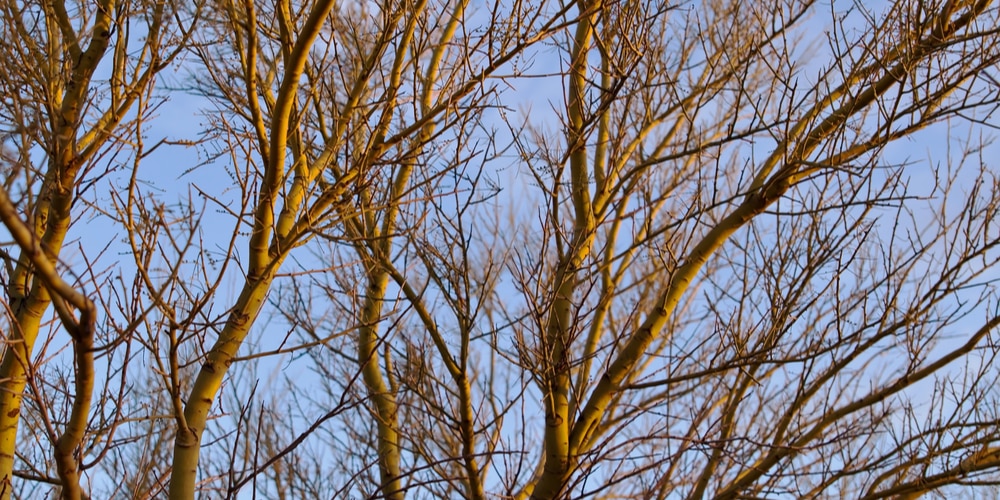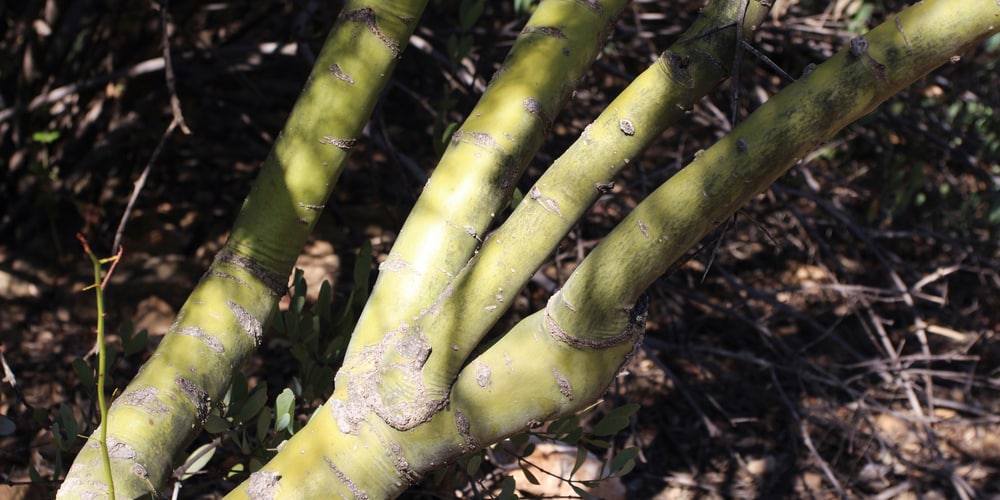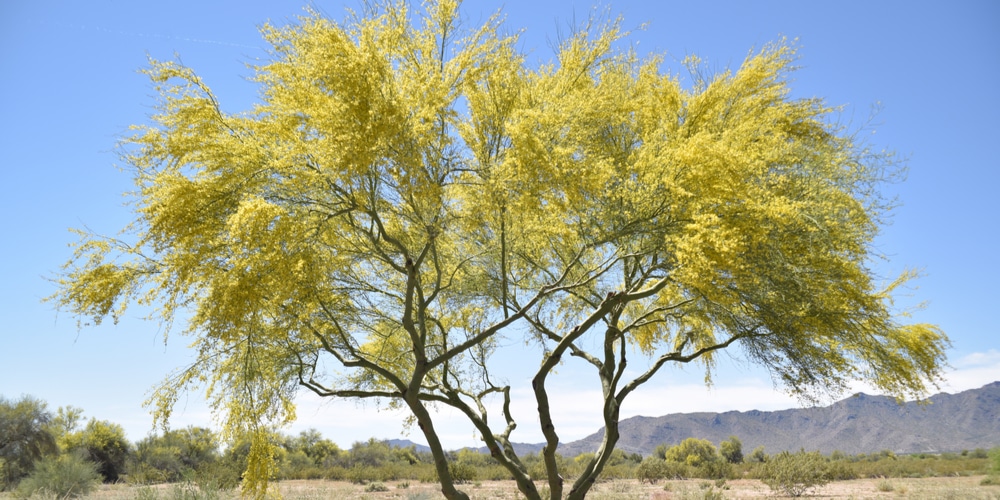Palo Verde trees have a striking green bark, with branches that seem to dance in the breeze. This tree is well-adapted to life in the desert, with deep roots that help it find water even in the driest conditions. Aside from its strong roots and beautiful green bark, the Palo Verde is also known for its bright yellow flowers.
Unfortunately, this tree can sometimes have trouble blooming. It’s pretty disheartening to see a Palo Verde tree that isn’t covered in its usual blanket of yellow flowers. So, what could be the cause of this problem? Let’s take a closer look and find the solutions as well.
Plant Characteristics: Palo Verde Tree

Palo Verde trees are among the most unique and beautiful trees in the world. They are native to the deserts of Mexico and South America, and their name means “green stick” in Spanish.
Palo Verde trees are easily recognizable by their bright green bark and branches. The green color is caused by chlorophyll, which helps the tree photosynthesize in the low light conditions of the desert.
Palo Verde trees are also well-adapted to survive in hot, dry conditions. They have deep roots that help them to access water underground, and their leaves are small and leathery to minimize evaporation.
In addition to being an important part of the desert ecosystem, Palo Verde trees are also popular for landscaping in arid regions. They are hardy in USDA zones 8 to 11.
This beautiful tree is also known for its stunning blossoms. During the spring, this tree produces small yellow flowers loved by bees and other pollinators.
The Problem: Why Isn’t My Palo Verde Tree Blooming?
This tree can be quite easy to care for as it is drought-tolerant, but there are still a few reasons why your palo verde tree may not bloom.
Not Enough Water
The most common reason is that the tree is not getting enough water. Palo Verde trees are native to desert regions, so they are used to living in hot, dry conditions. However, they still need a consistent supply of water to thrive. If your tree is not getting enough water, it will likely experience problems blooming.
Not Getting Enough Sunlight
Another possible reason why your palo verde tree may not be blooming is that it is not getting enough sunlight. Palo Verde trees need full sun to bloom properly. If your tree is planted in an area that does not get direct sunlight for most of the day, it may be more difficult for the tree to bloom. This is one thing that you should keep in mind if you are considering planting a Palo Verde tree in your landscape.
Killing It with Drip Irrigation
Too much of anything is never good. The same goes for water. While Palo Verde trees do need a consistent supply of water to bloom, too much water can actually be detrimental to the tree. If you are watering your tree with a drip irrigation system, make sure that the emitters are not placed too close to the trunk of the tree. You don’t need to water this plant as often as it’s accustomed to in the wild, but you also don’t want to overdo it.
Improper Pruning
Pruning at the wrong time may cause blooming issues. Ideally, you should do this during the late winter or early spring. This is when most new growth begins. When you prune the tree at the wrong time, you can shock it and prevent it from blooming.
What to Do If Your Palo Verde Tree Isn’t Blooming
Now that we know some of the reasons why your Palo Verde tree may not be blooming let’s take a look at some solutions.
Water Regularly and Deeply
Make sure you are watering your tree regularly and deeply. Water your tree once a week and soak the roots thoroughly. It needs at least an inch of water every 7 days, approximately.
Don’t water when the soil is still moist. Keep it dry in between waterings. This way, you won’t have to worry about overwatering your tree.
Make Sure Your Tree Is Getting Enough Sunlight
Ensure your tree gets full sun for at least six hours a day. Remember that Palo Verde trees need full sun to bloom properly.
Prune Properly
If you haven’t been pruning your tree properly, now is the time to start. Remember to prune during the late winter or early spring for best results.
Monitor for Pests or Diseases
Although Palo Verde trees are quite hardy, they can still be susceptible to pests and diseases. Be sure to monitor your tree for any signs of problems. Some common problems to look out for include Aphids, Palo Verde borers, and fungal diseases.
Caterpillar invasion may also cause problems with blooming. If you see any of these pests or diseases on your tree, use the right treatment to eliminate the problem.
Final Thoughts
As stunning as they are, Palo Verde trees can be a bit finicky when it comes to blooming. Not all hope is lost if your tree isn’t blooming, though. By following the tips above, you might be able to get your tree to bloom beautifully.

